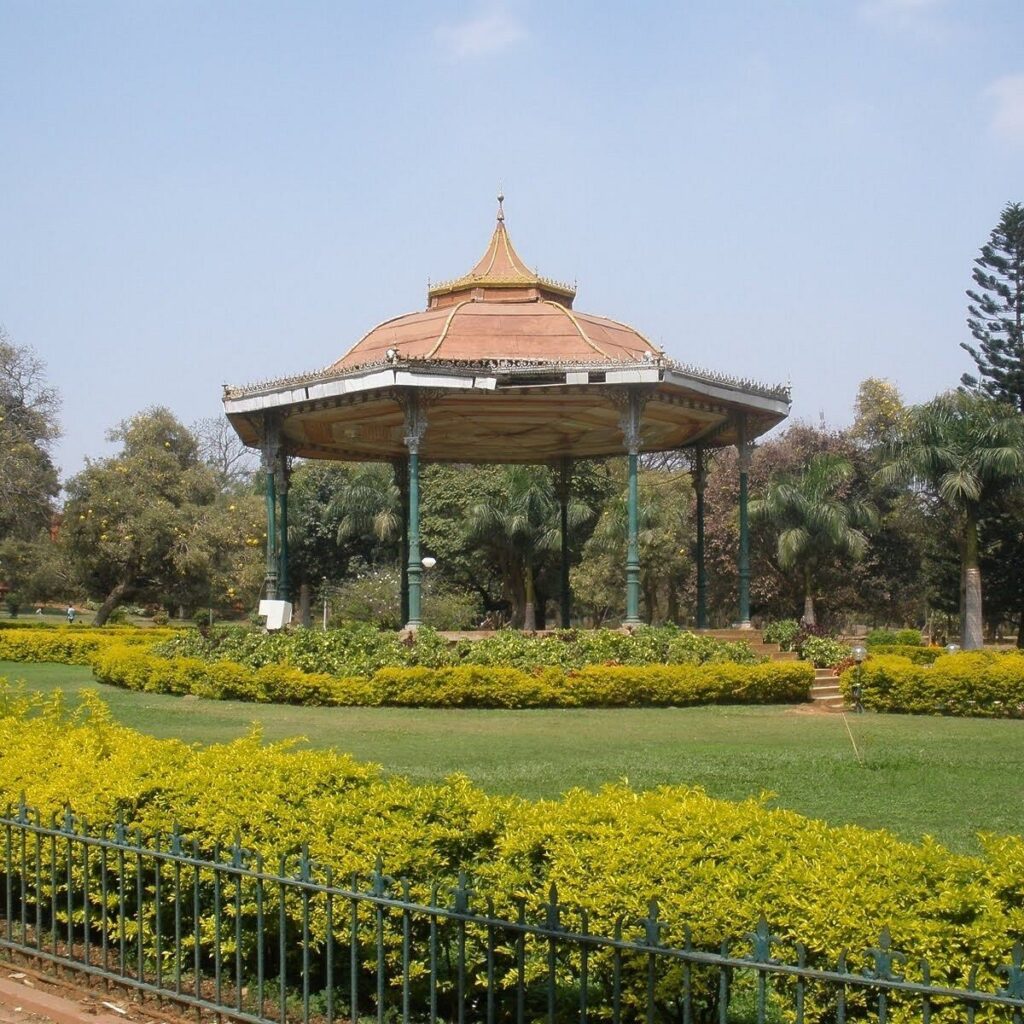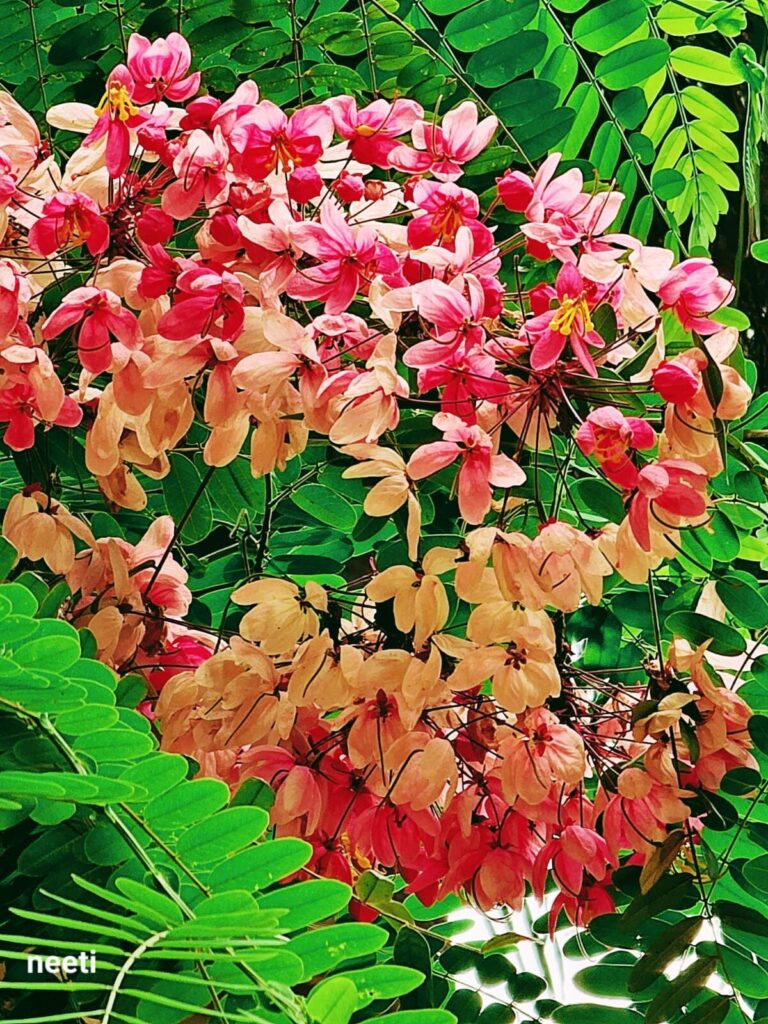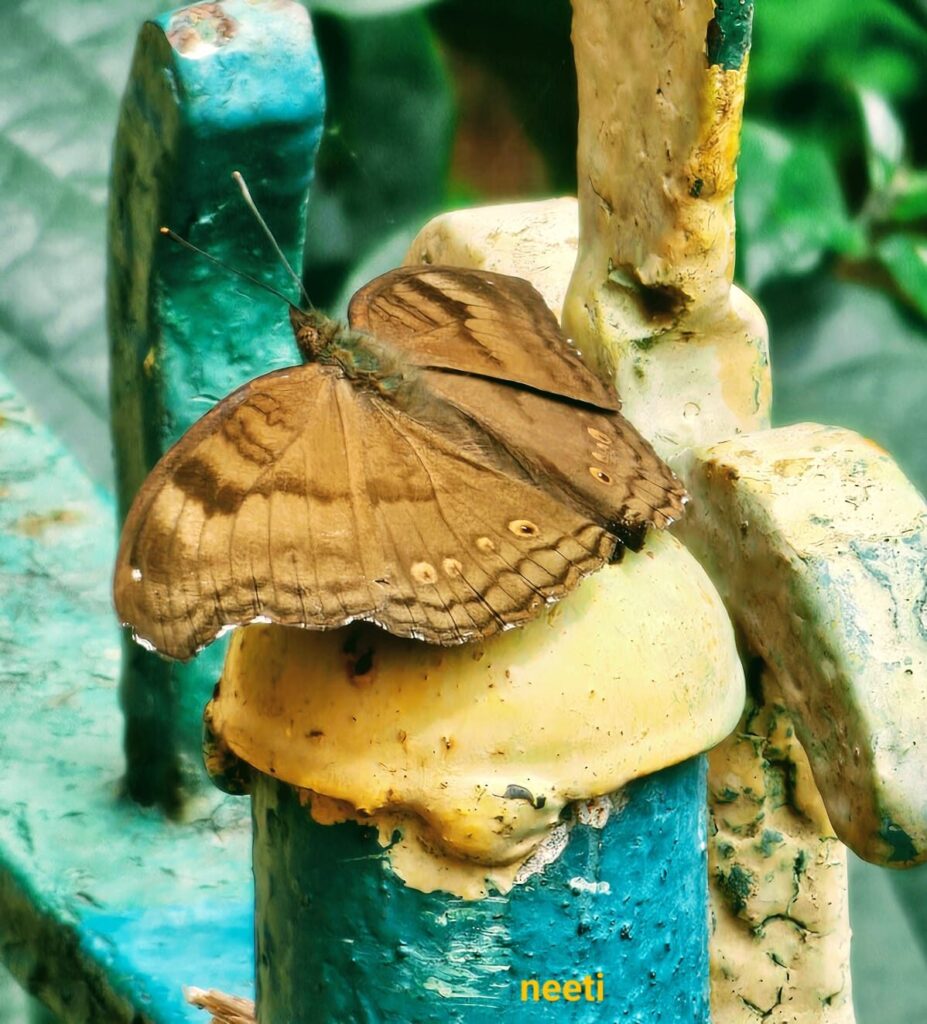
“The antidote to exhaustion isn’t rest It’s nature.” – Shikoba
History of Cubbon Park
A visit to Cubbon Park ensures rejuvenation. In the midst of the bustling city of Bengaluru lies the 197+ acre wondrous oxygen provider. The park was laid out in 1870, soon after the completion of the present high court building called Attara Kacheri and initially covered an area of 100 acres.
The park was designed and laid out by Major Gen. Richard Heiram Sankey, a royal engineer under the British rule. It was designed by R.H. Sankey in such a way that all the important government structures come in a straight line measuring about a kilometre. The Vidhana Soudha (Vidhan Sabha), the Kengal Hanumantaiah statue, the Speaker’s chair in the Assembly Hall, the Chief Justice seat in the High Court, the Cubbon statue, the Band Stand, the Fountain, the Ornamental Urn (presented by Sankey) and the Government Museum are all in the same straight line.
The park was developed during the regime of John Meade, Commissioner of Mysore State from 1868 to 1872. Initially, the park was called Meade’s Park but was officially named as “Cubbon Park” in 1873, after the longest serving Commissioner of the time, Sir Mark Cubbon. The Statue of Sir Mark Cubbon stands facing the grand steps leading to the terrace garden. On 26th July 1948, the park was renamed in honour of Late Maharaja Sri Chamarajarendra Wadeyar as “Sri Chamarajendra Park”, but the popular name remains ‘Cubbon Park’.

PC: Neeti Parti (The Band Stand)
Cubbon Park with its naturally undulating ground, water bodies and rocks is a sight to behold and includes the Vidhana Soudha Garden, Cubbon Park, Queen’s Park, Children’s Park, Bamboo Groves and the Legislature Home Garden. Within the park, is a magnificent Band Stand, where Military Bands played till 1947, the year of India’s independence. During those days visitors would sit on the ornamental benches and watch and enjoy the music being played. This practice has been currently renewed.
Green Wealth of Cubbon Park
Cubbon Park is treasure trove of trees, shrubs, creepers and herbs. Though it is not a botanical garden, it has a vast number of rare botanical species. Colviliea racemosa (Dussera Flower), Sandal wood, Chorisia speciosa, a species of the deciduous trees, and Cassia grandis – trees that bear gorgeous colourful flowers, are in good number. There is a vast collection of bamboos. There is an avenue of the Castonospermum australe (Chestnut tree). The Cassias, Tecomas, Cookpines, Tabebuia, Sare marina are abundant in Cubbon Park.

PC: Neeti Parti (Blossoms of Cassia Javanica, also known as Java Cassia, Pink Shower, Apple Blossom tree or Rainbow Shower tree)
The Silver Oak trees were first introduced in Cubbon Park in the year 1870 and are still growing. There are a number of annuals, biennials and perennials in addition to the Silver Oak trees which now dominate the whole area.

PC: Neeti Parti (Unonia iphita, the Chocolate Pansy or Chocolate Soldier butterfly. Individual butterflies maintain a territory, are usually found close to the ground level and often bask in the sun.)
The trees and greens attract numerous birds and butterflies that add a magical touch to the park bringing an involuntary smile on the face of each visitor!
“Life is full of beauty. Notice it. Notice the bumble bee, the small child and the smiling faces. Smell the rain and feel the wind. Live the life to the fullest potential.” – Ashley Smith
Neeti Parti
